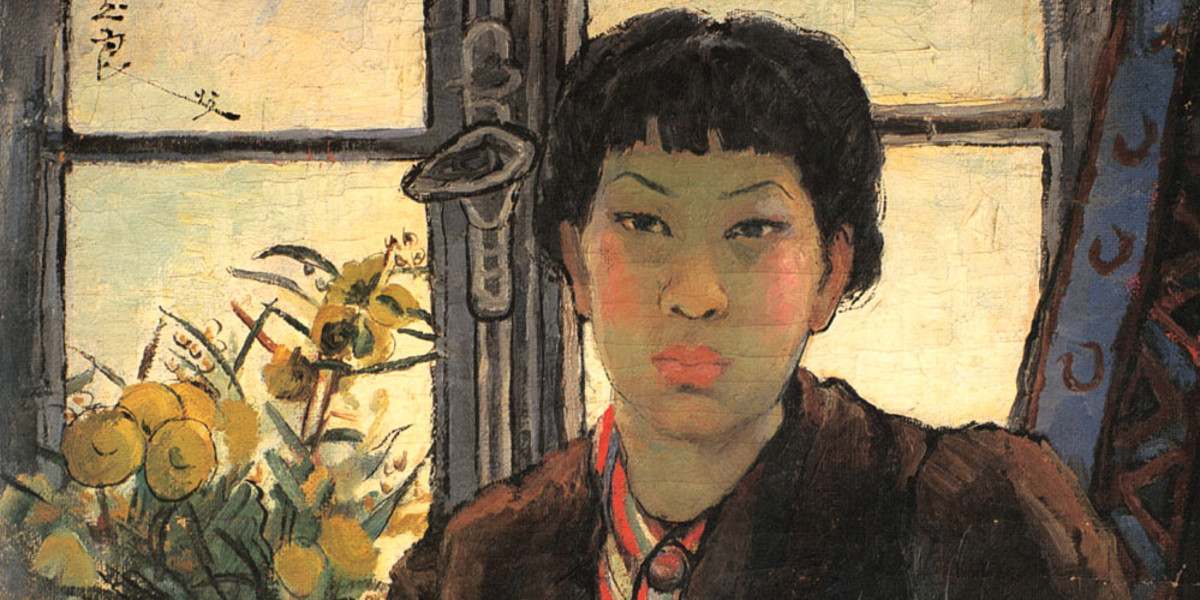You might think that fine arts education is the most important subject in schools, but its true value often goes unrecognized. By focusing on advancing arts programs, you not only enhance creativity and critical thinking but also prepare students for a complex world that demands innovative solutions. What if there were simple strategies to integrate the arts into existing curricula that could transform student engagement and success? Understanding how to effectively advocate for these changes could make all the difference in shaping future generations.
Importance of Fine Arts Education
Fine arts education isn’t just an add-on to the school curriculum; it’s an integral part of a well-rounded education. When you immerse yourself in the world of fine arts, you’re not just exploring creativity; you’re developing critical skills that will serve you for a lifetime. Engaging in visual arts, music, theater, or dance challenges you to think outside the box, fostering innovation and problem-solving abilities.
You learn to express yourself in unique ways, discovering your voice while building confidence. This self-expression is crucial, as it encourages personal growth and emotional intelligence. The discipline required in fine arts cultivates perseverance and dedication, traits that are invaluable in any field you choose to pursue.
Moreover, fine arts education helps you appreciate diverse cultures and perspectives, enriching your understanding of the world around you. It’s a way to connect with others, sparking collaboration and empathy.
Benefits of Arts Integration
Integrating the arts into your education can open up a world of possibilities, transforming the way you learn and engage with various subjects. By blending artistic expression with core academic content, you’ll not only deepen your understanding but also spark your creativity.
Imagine studying math through rhythm and patterns or exploring history through theater—these connections make learning vibrant and relatable.
Arts integration enhances critical thinking and problem-solving skills. When you approach a project from multiple angles, you develop a more thorough perspective. Additionally, this method caters to diverse learning styles, ensuring that whether you’re a visual learner, auditory learner, or kinesthetic learner, there’s something for you.
Collaboration becomes second nature as you work on group projects, fostering teamwork and communication skills essential in today’s world. You’ll also gain confidence as you express your ideas through various mediums, whether it’s painting, acting, or music.
Ultimately, integrating the arts enriches your educational experience, making it not just about grades, but about discovering your passions and potential.
Innovative Teaching Methods
As you explore the transformative power of arts integration, you’ll discover that innovative teaching methods further enhance this learning experience.
Embracing project-based learning, for instance, allows you to dive deep into creative processes while collaborating with peers. This hands-on approach not only fosters critical thinking but also encourages you to express yourself artistically.
Incorporating technology can also revolutionize how you engage with the arts. Tools like digital storytelling allow you to blend visual arts with narrative, giving your projects a fresh perspective and an interactive edge.
Imagine creating a multimedia presentation that showcases your artistic journey!
Another effective method is the use of cross-disciplinary lessons. By linking art with subjects like science or history, you can explore themes in a holistic manner.
Picture studying the cultural significance of a painting while learning about its historical context—this enriches your understanding and sparks curiosity.
Community Involvement Strategies
Engaging with your community can open up a wealth of opportunities for enhancing arts education in schools. By fostering partnerships with local artists, businesses, and organizations, you can create a rich tapestry of support for your students.
Consider organizing workshops where professionals share their skills—this not only enriches your curriculum but also inspires creativity in your students.
Hosting art fairs or exhibitions can showcase student work while inviting community members to appreciate the talent within the school. You could collaborate with local galleries to display these creations, creating a sense of pride and connection.
Encourage parents and community members to volunteer their time or resources, which strengthens relationships and builds a supportive environment for the arts.
Don’t underestimate the power of social media; use it to promote events and highlight community contributions.
Engage local businesses to sponsor art-related activities, providing them visibility while enhancing the educational experience.
Funding and Resource Allocation
Building strong community ties not only enhances arts education but also opens avenues for funding and resource allocation. By collaborating with local businesses, nonprofits, and art organizations, you can tap into a wealth of resources.
Consider hosting community events where local artists showcase their work; these can generate funds while raising awareness for your program.
Grants are another crucial resource. Research opportunities provided by local, state, and national arts councils. Tailor your proposals to highlight how your program enriches students’ lives and fosters creativity.
Engaging parents and alumni can also lead to donations or sponsorships that directly benefit your arts initiatives.
Moreover, think outside the box. Crowdfunding platforms can be excellent for rallying support from your community.
Leverage social media to spread the word about your projects and funding needs, creating a sense of collective ownership and excitement.
Curriculum Development Ideas
A well-rounded arts curriculum can transform students’ educational experience, igniting their creativity and self-expression. To achieve this, consider integrating interdisciplinary projects that blend art with subjects like science or history. By connecting visual arts with historical events, you’ll help students understand context and meaning while expressing their interpretations through creative mediums.
Incorporate diverse artistic techniques, such as digital media, sculpture, and performance art. This variety keeps students engaged and allows them to explore their strengths. For families using a k-12 online school, these projects can be adapted for at-home learning, ensuring students still gain hands-on creative experiences.
Establish workshops led by local artists or community members to expose students to real-world applications of their skills, fostering a sense of belonging and inspiration.
Encourage collaboration through group projects, where students can learn from one another and develop teamwork skills. Integrate art critique sessions, where students share their work and receive constructive feedback, promoting a culture of respect and growth.
Lastly, guarantee that students have the opportunity to showcase their work through exhibitions or performances. This not only boosts their confidence but also invites the community to appreciate the importance of arts education.
Advocacy for Arts Programs
To secure a brighter future for students, advocating for arts programs in schools is essential. You hold the power to make a difference. By championing these programs, you’re not just promoting creativity; you’re nurturing critical thinking, collaboration, and emotional intelligence in young minds.
Arts education enriches the curriculum, offering students a chance to express themselves, explore diverse cultures, and engage with their communities.
Start by raising awareness among parents, teachers, and school boards about the benefits of arts programs. Organize workshops, community meetings, or even art fairs to showcase student talent and demonstrate the positive impact of arts education.
Connect with local artists and organizations to create partnerships that strengthen your advocacy.
Don’t underestimate the power of social media. Share success stories, statistics, and inspiring quotes that highlight the importance of arts in education. Encourage others to join your cause and amplify your message.
Success Stories and Case Studies
Success stories from schools that have embraced fine arts programs can serve as powerful examples of transformation and impact.
These inspiring tales highlight the profound benefits of integrating the arts into education.
Here are three compelling examples that showcase success:
- Increased Student Engagement: A high school in Texas saw a 25% rise in attendance after introducing a theater program, igniting students’ passion and involvement.
- Enhanced Academic Performance: A middle school in California reported a significant improvement in math scores among students participating in an art integration curriculum, proving that creativity fuels critical thinking.
- Community Collaboration: A rural school in Maine partnered with local artists to create murals, fostering a sense of pride and ownership among students while beautifying their environment.
Conclusion
In the vibrant tapestry of education, fine arts weave threads of creativity and connection. By championing arts programs, you’re not just enriching curricula; you’re igniting passion and sparking innovation in young minds. Imagine classrooms buzzing with the energy of collaboration, where students paint their futures with bold strokes. Let’s embrace this journey together, investing in the arts to nurture empathetic, well-rounded individuals ready to dance through life’s challenges, crafting their unique masterpieces along the way.






